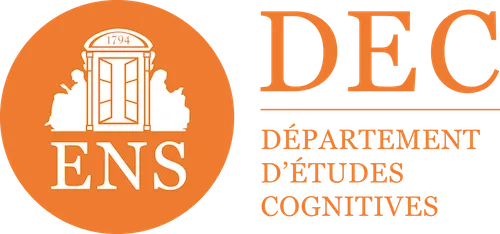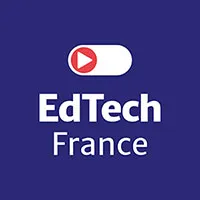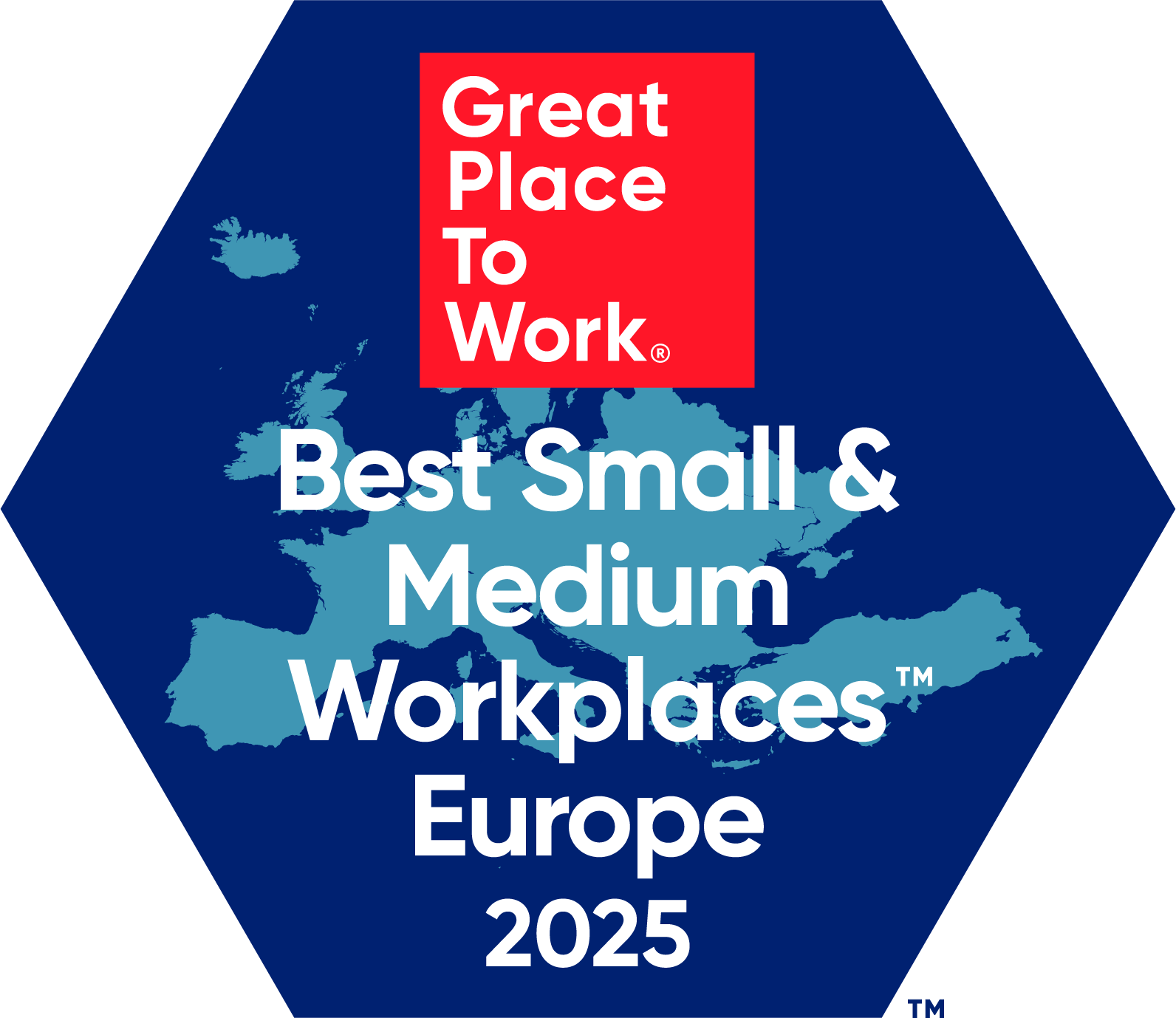

E-learning: putting an end to the myth of the miracle modality to accelerate the development of skills
Article originally published in MagRH no. 25 of January 2024
In the dynamic world of eLearning, an old dream cleverly maintained persists: the quest for an all-powerful educational method, which alone would meet all the training challenges of organizations. A harmful myth or a really effective strategy? Benjamin Poucin from Didask explores this question in depth here, highlighting the need to embrace pedagogical diversity in order to deal with the infinity of contexts. This necessity is all the more true at a time when companies focus their training objectives on skills development.
The illusion of the modality that knows how to do everything
Before going any further, let's start by agreeing what we mean here by pedagogical modality. The most appropriate would be to talk about forms or sets of forms that interactions or pedagogical means can take deployed to learners. The list, which is already long, is growing every year, but we can for example think of the different types of specific exercises: video, podcast, gamification, social learning, virtual reality, or even more recently, conversational chatbots doped with AI. Regularly, we see new approaches arriving on the market that are presented as the ultimate solution for training, leading to injunctions such as “Today, the future of e-learning is multi-learning”.
Let's be clear, the objective here is not to change this or that modality. Each of them can be effective, even very effective. But this potential for effectiveness is always dependent on a specific context and challenges. Cognitive science research is also formal on this subject: even the most effective modalities, on average, may no longer work in a given situation.
However, if we observe current market trends, it is indeed the miracle modality that is on the rise in businesses. And in a way that's quite logical. First of all, there are fashion effects. Even being rational professionals, we are all under the influence of the messages and promises of the latest news that flood our watches and news, sometimes in a virulent way. In addition, and above all, Faced with time and resource constraints, opting for simplified and consistent models may seem like the most efficient solution, where the work of identifying the best modalities for each challenge seems time-consuming, complicated, demanding in terms of teaching skills, and even expensive (” Damn, I have to equip myself with several platforms???”). The arrival of solutions such as Educational AIs However, it seems to be seriously addressing the problem, at least we hope so, it is to be followed closely, we will come back to it.
No skills development without a personalized approach
When we talk about personalization, we naturally think of Adaptive learning, who adapts the courses for each person according to a whole host of criteria (prerequisites, difficulties encountered, etc.). It is a very good advance, it is undeniable, and the learners seem to appreciate it. But as a cognitive scientist in my professional circle likes to say, sometimes, before looking at what makes us different, it's a good idea to also be interested in what we have in common. And precisely, there is an essential personalization work to be carried out beforehand, which is more subtle, and which does not depend on the particularities of each learner: this famous harmonization of specific training challenges with the most appropriate modalities. As efficient as the adaptive learning algorithm is then used, if the formats to be adapted are passive, overloaded and poorly calibrated, no matter how well you adjust them to each learner, they will not learn much better. This is where we don't come back to our sheep. While these challenges are multiple, we can nevertheless identify major families: motivating to learn, deconstructing preconceived ideas, memorizing, applying in situations, etc.
Take the example of a salesperson, for whom simply listening to podcasts, video tutorials, or poorly calibrated exercises will not be enough to perfect their sales skills. Situations, on the other hand, are crucial. In the opposite direction, a beginner faced with complex scenarios can be overwhelmed, initially requiring simpler information modalities. The key therefore lies in understanding the context carefully. to appropriately match training challenges to the most appropriate modalities.
What makes one modality over another effective in generating skills development? For the most part, its ability to create learning transfer, taking into account the identified challenge, i.e. to give your learner the means to use what he has learned in contexts that differ from those seen in training (because it is obviously impossible to study all of them). Without transfer, the effects of the training stop at the end of the training. At best, we can hang out a bit Illusion of mastery, but in the long run, nothing will happen, the behaviors on the ground will not change. In short, no impact, no ROI.
To measure these, watch out for false friends. We are often disappointed with e-learning because of this lack of impact on the ground, and yet many organizations regularly make the same mistake, namely relying on KPIs for completion and engagement. These data are important, they are sometimes pleasant or reassuring, but they do not measure the increase in skills, which is more complex to assess. They are a prima facie unable to tell you whether your current teaching methods are relevant or not relevant to ensure a transfer of learning. A shame especially if you have embarked on a “miracle mode”.
It is better to rely on skills assessments, but they should not be simple knowledge checks. With AI, for example, we can now offer learners to carry out complex tasks similar to those they will perform in a professional situation and automatically correct them with finesse. This is enough to approach an ROI close to an evaluation of practice in the field.

The importance of in-house experts
If I have now convinced you to adapt the choice of your modalities, you would be entitled to challenge me: “Ok, that's very nice, but how do I go about it in concrete terms? I have to pay agencies or recruit educational engineers to my teams. Or even train all my teams in educational engineering?”
Fortunately... no, in which case the efficiency gains would be very small! One of the keys to your success, they are your internal experts. The same people who know their field better than anyone, master their themes, and are in a position to provide a much more accurate background than any agency or module on the shelf. It is on them that we must capitalize on, and while the idea is not new, it was until recently difficult to make effective in reality. As you can see, we are falling back on the obstacles explained above: lack of time and pedagogical expertise, hence the mass use of the miracle modality with all the cases being in the same boat.
This is where we have to be even more demanding with e-learning players. The latter must integrate these constraints (some already do) without giving up this priority of no longer locking users into a miracle modality or leaving them in the dark to sort them out (now, it's rarer). Your experts are not destined to become educational engineers, on the contrary, we must “chew up” this pedagogical work for them, with reliable tools able to absorb all its complexity without ever taking simplistic shortcuts. To achieve this, we cannot do without AI. On the other hand, it must no longer be content with generating content, but must become a truly “Educational” AI, and be able to identify issues, recommend appropriate methods, quickly create modules and personalize the learning experience. This is the course we have clearly taken at Didask.
Businesses must be aware of this, and for their part, e-learning solutions must guide their development in this direction. Otherwise, as always, ROI and the rise in skills will continue to weigh. And high engagement rates won't console us.
Make an appointment directly with our eLearning experts for a demo or simply more information.












